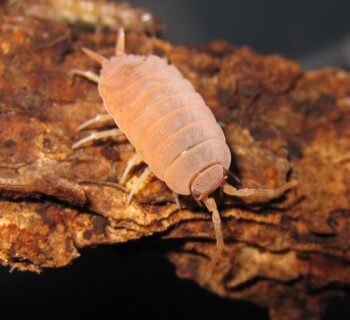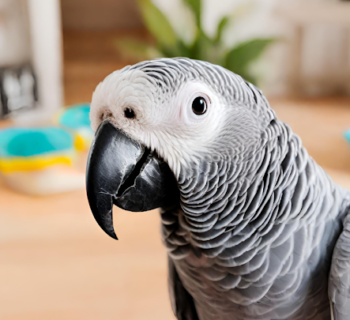Introduction –
The LPS corals that make up the genus bean include the torch, frogspawn, and hammer corals. Within that, the reef aquarium industry is home to numerous species and variants. It frequently classifies them according to the growth pattern known as "branching" or "wall." Let's take a look at the branching bean coral. With a single large polyp at the end of each branch, their stony skeleton branches in a pattern. These beans are better suited to aquarium life because of their quick growth rates and ease of care. These beans form a massive polyp from a single skeleton that folds or looks like a ribbon. Wall varieties are less common than branching varieties due to their slower growth and more difficult recovery from disease.

The Care to Be Taken for Bean Corals -
The low to moderate water flow causes the tentacles of bean coral to move gently. You can also get along with bean corals, some best Acropora for Sale. They are typically located in the lower thirds of the room, where the best flow conditions are possible. A sturdy anchor is required because these corals are top-heavy and do not naturally attach to rocks or the substrate. There should be ample space on all sides for the tentacles to spread out because they do expand and can get quite large. Additionally, the corals exhibit some aggression. While most bean corals do not fight, some torches will sting each other and any nearby corals. Bean, on the other hand, needs a lot of space to grow and move any corals that seem to be bothering it nearby.
Growth of the Bean Corals -
The majority of LPS, including bean corals, grow slowly, but as long as the parameters remain stable, bean corals are not particularly demanding. They can, however, get quite large in an aquarium with enough time and space. As with all corals, bean corals place a high value on stability and produce calcareous skeletal structures. As a result, the levels of calcium, alkalinity, and magnesium are essential. Along with a variety of minor and minor components, bean will go through these significant components as they develop. They usually add some supplements like nitrate and phosphate to the water, so it's important to keep an eye on it and make it eat enough amino acids. You can also give nitrate and phosphate to your fish if your tank is clean and free of NO3 and PO4.
Bean Coral and the Dangerous Diseases It Can Have -
When stocking a bean garden, be careful not to spread the disease. One infected coral could devastate the entire garden. Of course, you should always inspect, clean, and dip new corals before adding them to your aquarium. If you notice signs of the disease, take out infected corals, fix any damage, and dip them again. If you want to be extra cautious, you can also quarantine your corals. This is especially important if you add corals to a bean population that is already in good health and doing well. Consider the variety of bean corals you intend to keep in the tank you choose. For these corals to look their best, you need an aquascape with both depth and height because they grow upward and outward. You can keep bean corals in long or flat aquariums, but only a few will survive, especially as they get bigger over time.













